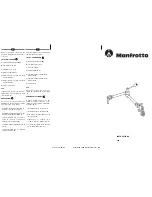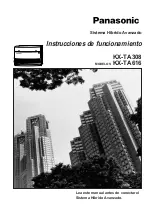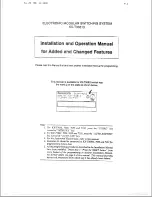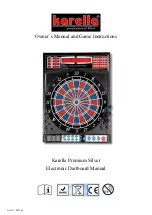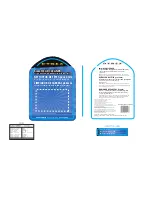
SKU 94739
For technical questions, please call 1-800-444-3353
Page 6
• Where ventilation is questionable, have a qualified technician take an air sampling to determine
the need for corrective measures. Use mechanical ventilation to improve air quality. If engineering
controls are not feasible, use an approved respirator.
• Work in a confined area only if it is well ventilated, or while wearing an air supplied respirator.
• Follow OSHA guidelines for Permissible Exposure Limits (PEL’s) for various fumes and gases.
• Follow the American Conference of Governmental Industrial Hygienists recommendations for
Threshold Limit Values (TLV’s) for fumes and gases.
• Have a recognized specialist in Industrial Hygiene or Environmental Services check the operation
and air quality and make recommendations for the specific welding or cutting situation.
10.
Read and understand all instructions and safety precautions as outlined in
the manufacturer’s
manual for the material you will weld or cut.
11.
Do not touch live electrical parts
. Wear dry, insulating gloves. Do not touch electrode or conductor
tong with bare hand. Do not wear wet or damaged gloves.
12.
Protect yourself from electric shock.
Do not use outdoors. Insulate yourself from the workpiece
and ground. Use nonflammable, dry insulating material if possible, or use dry rubber mats, dry wood
or plywood, or other dry insulating material big enough to cover your full area of contact with the
work or ground.
13.
Use caution when pulling out a dent.
A weld or panel may unexpectedly give way, possibly
causing personal injury if caution is not exercised. Always pull in such a way that you will not lose
balance, strike yourself, or otherwise injure yourself if the weld breaks. When using a Slide Hammer,
make sure your body will not be in the way of the impacting weight.
14.
WARNING!
The warnings and cautions discussed in this manual cannot cover all possible conditions
and situations that may occur. It must be understood by the operator that common sense and caution
are factors which cannot be built into this product, but must be supplied by the operator.






















